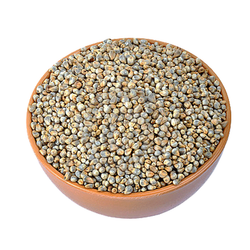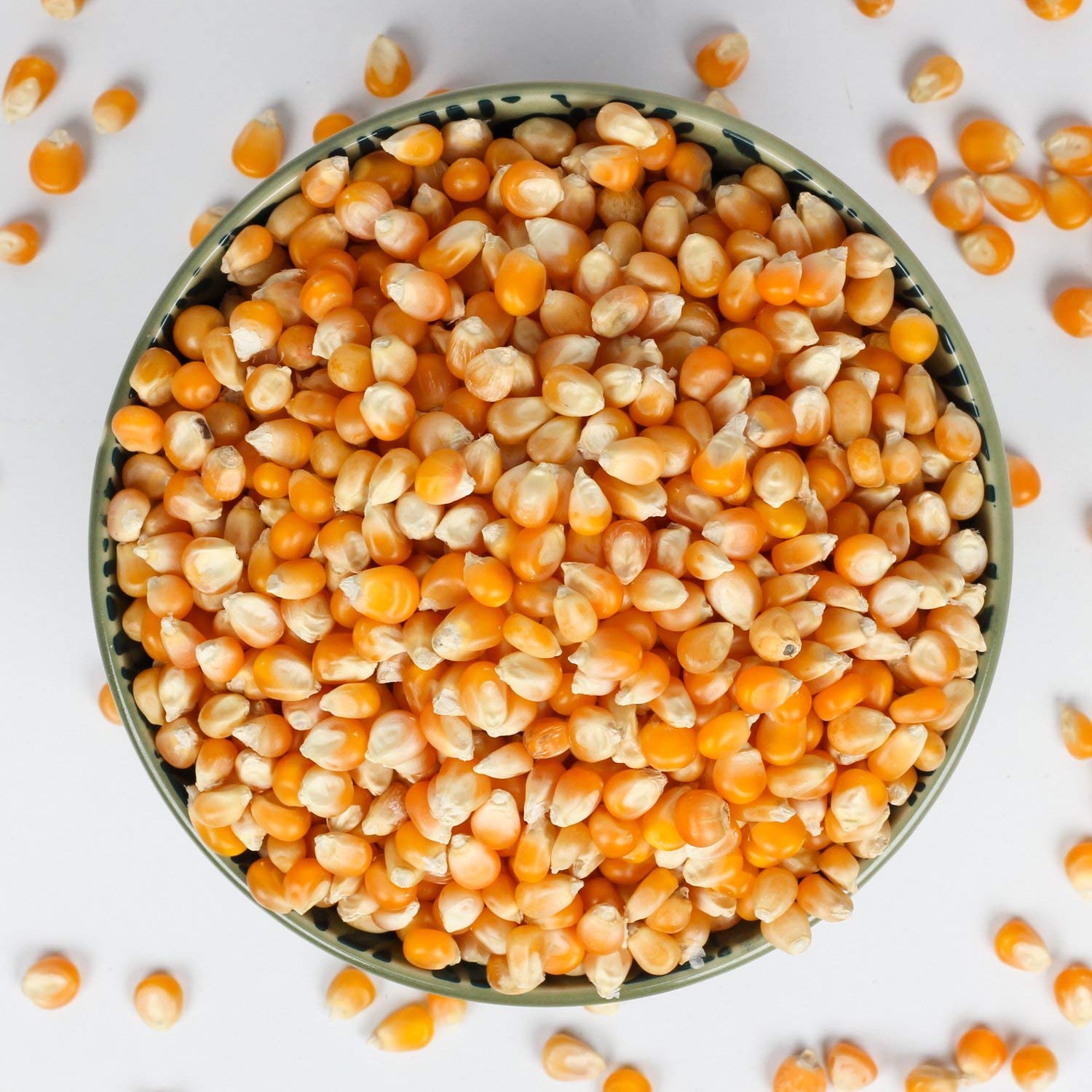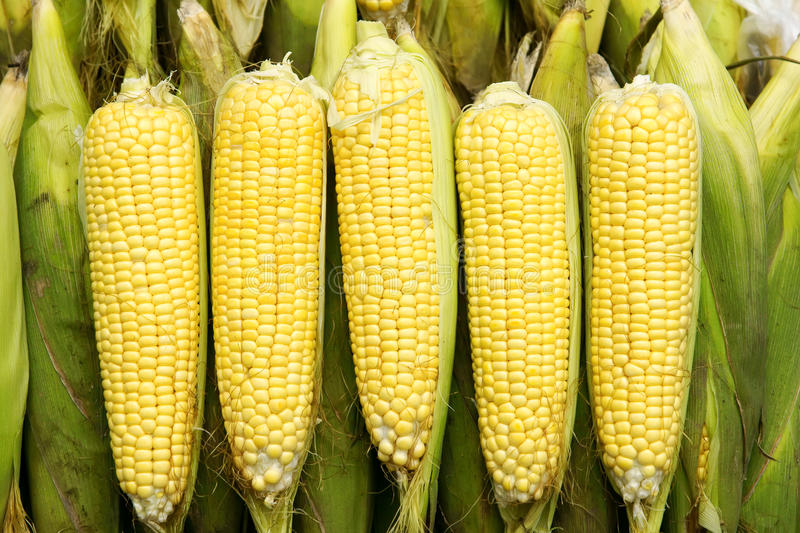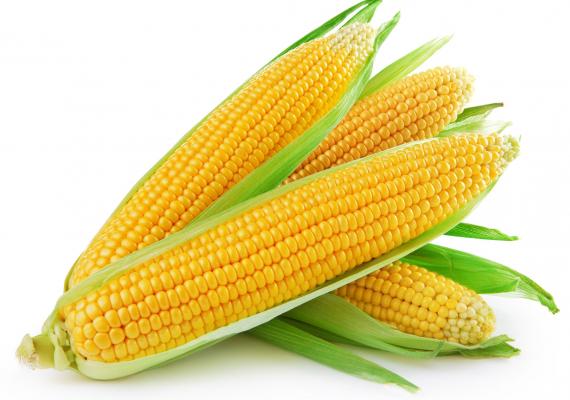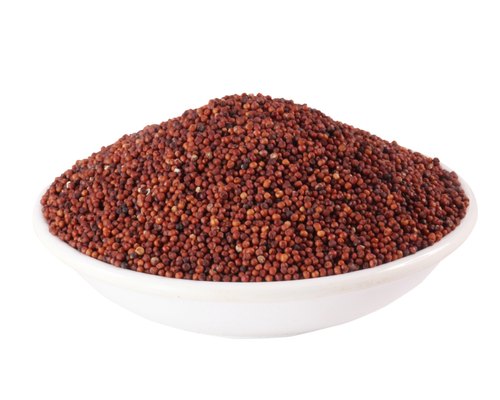Fructose
Macronutrient
Last update date: October 11, 2023
Fructose is a type of simple sugar, that makes up to 50% of sucrose. Also known as fruit sugar since it is naturally present in fruits.
Frequently Asked Questions
1.
What is Furtcose?
Fructo-oligosaccharides (FOS) are natural plant sugars that are found in various fruits and vegetables. They can also be produced in a laboratory and are commonly used as prebiotics. Unlike other sugars, FOS are not digested in the upper gastrointestinal tract but instead reach the colon where they are fermented by beneficial bacteria. This fermentation process promotes the growth and activity of these good bacteria, thereby providing numerous health benefits. It is important to note that prebiotics, such as FOS, should not be confused with probiotics, which are the actual beneficial bacteria themselves.
2.
What is positive impact of Furtcose?
Prebiotic effects - fructooligosaccharides serve as food for your healthy gut bacteria which helps promote a healthy balance of gut microbes Gut health - Fructooligosaccharides stimulate the growth of probiotics and help support a healthy digestive system by protecting against unhealthy bacteria Reduces cholesterol - fructooligosaccharides can help lower cholesterol levels an also reduces the risk of cardiovascular disease. Non- carcinogenic - Fructooligosaccharides do not possess carcinogenic properties, reducing the risk of cancer Dietary fibre - Fructooligosaccharides add bulk to the diet since they are classified as dietary fibre.
3.
What is negative impact of Furtcose?
Digestive Discomfort: In individuals with fructose intolerance, excessive intake of fructooligosaccharides may cause symptoms such as abdominal bloating, cramps, diarrhea, and loose stools. IBS Aggravation: Fructooligosaccharides may aggravate symptoms in individuals with irritable bowel syndrome (IBS), potentially causing increased bloating, gas, and abdominal discomfort.
4.
Who should avoid Furtcose?
In general, FOS are considered safe for most individuals when consumed in appropriate amounts. However, there are a few exceptions: Pregnancy and breast-feeding: Due to limited research, it is advisable for pregnant or breastfeeding women to err on the side of caution and avoid using FOS during this time. Children: FOS can be safely added to infant formula or cow's milk for healthy infants. The recommended doses used in studies are 4 grams of FOS per liter of formula or up to 1 gram of FOS per kilogram of infant body weight.
5.
What are common sources of Furtcose?
Fructo-oligosaccharides (FOS) occur naturally in various plants, including: Onion: Onions are a rich source of FOS and can be easily incorporated into your diet through salads, stir-fries, and other culinary dishes. Chicory: Chicory root is commonly used as a natural source of FOS and can be consumed as a tea or added to coffee as a healthier sweetener alternative. Garlic: Garlic not only adds flavor to your meals but also contains FOS. Include garlic in your cooking to enjoy its potential health benefits. Asparagus: Asparagus is a nutritious vegetable that provides a good amount of FOS. Incorporate it into your diet by grilling, steaming, or adding it to salads and stir-fries. Banana: Bananas are a popular fruit and are known to contain FOS. Enjoy bananas as a healthy snack or add them to smoothies and desserts. Artichoke: Artichokes are a versatile vegetable that contains FOS. They can be boiled, steamed, roasted, or included in various recipes like dips, salads, and side dishes.





